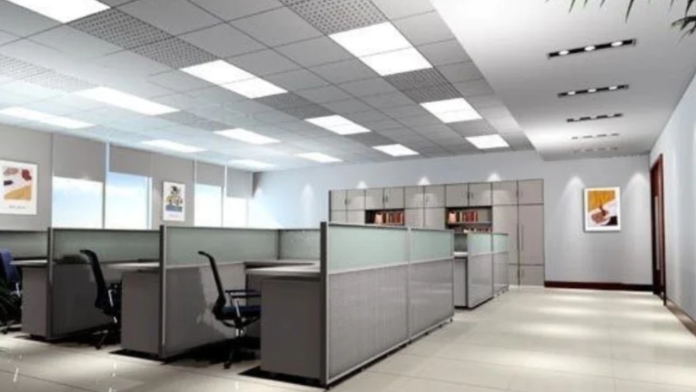Light Emitting Diodes (LEDs) are thin, flexible strips used in LED strip lighting fixtures to emit light. These adaptable lighting options can be utilized for task lighting, accent lighting, or decorative purposes, among other uses. LED strip lights come in many colors, lengths, and brightness levels. They may be easily installed and resized to fit certain locations because they are frequently adhesive-backed.
Because LED strip light fixtures consume less energy, last longer, and generate less heat, they may be used indoors and outdoors. They are frequently employed to create ambiance, draw attention to architectural details, or supply useful illumination in difficult-to-reach places in residential, commercial, and architectural lighting projects. Konlite is one of the numerous affordable brands of LED strip lighting fixtures.
Important Safety Factors When Using LED Strip Light Fixtures
To avoid mishaps and guarantee safe functioning, it’s crucial to take a few safety precautions into account when utilizing LED strip light fixtures. The following are some important safety factors:
Quality of the LED Strip Lights
Purchasing premium LED strip lights from reliable suppliers is crucial. Products that are inexpensive and of low quality may be unsafe because of their subpar construction and materials. Seek out LED strips certified by companies like UL (Underwriters Laboratories) or ETL (Intertek) that adhere to industry standards for performance and safety.
Voltage and Power Supply
For LED strip lights to operate effectively and safely, the right power supply is needed. Make sure the power supply meets the voltage requirements of your LED strips and always select one made especially for LED lighting applications. Overheating, electrical shorts, and other risks might result from using an unsuitable or overloaded power source.
Overcurrent Protection
To shield the LED strip lights from harm and lower the possibility of fire in the event of a power surge or short circuit, overcurrent protection devices, such as fuses or circuit breakers, must be included. Make sure you install the right overcurrent protection devices based on your LED lighting system’s specifications.
Heat Management
When LED strip lights are operated, particularly when they are brightened to high levels for lengthy periods, heat is produced. To avoid overheating, which can shorten the life and performance of LEDs and raise the risk of fire, proper heat management is crucial. Make sure there is enough airflow, and stay away from covering or enclosing the LED strips in anything that could retain heat.
Outdoor Use and Water Resistance
Choose waterproof or water-resistant LED strip lights if you plan to use them in wet or outdoor settings. Because of their unique construction, these lights are less likely to corrode or cause electrical shock when exposed to dampness, rain, and other environmental elements. To stop water from seeping in, make sure that all joints and connections are adequately sealed.
Installation and Mounting
For LED strip lights to be safe and long-lasting, proper installation is essential. Carefully adhere to the manufacturer’s instructions, and make use of the proper mounting techniques and hardware. Keep LED strips away from heat sources, combustible objects, and locations where they could come into contact with liquids. Tie the strips firmly to dry, clean surfaces to keep them from falling.
Electrical Wiring and Connections:
Use premium wiring and connectors rated for the intended voltage and current when attaching LED strip lights to power sources or other components. To avoid electrical arcing, shock risks, and short circuits, make sure all connections are safe and well-insulated. If you use your connectors outside or in high dampness, think about soldering them or using waterproof connectors.
Frequent Maintenance and Inspection:
Check your LED strip lights regularly for symptoms of wear, damage, or overheating. As soon as possible, replace any broken parts or wiring, and take care of any problems with the power supply or electrical connections. To avoid affecting their performance or creating a fire hazard, keep the LED strips clean and clear of any dirt, dust, or debris.
Final Thoughts
When utilizing LED strip light fixtures, safety must always come first to avoid mishaps and guarantee peak performance. Users may maximize the advantages of LED lighting while reducing potential risks by following correct installation procedures, choosing high-quality goods, and taking the required safety measures.










